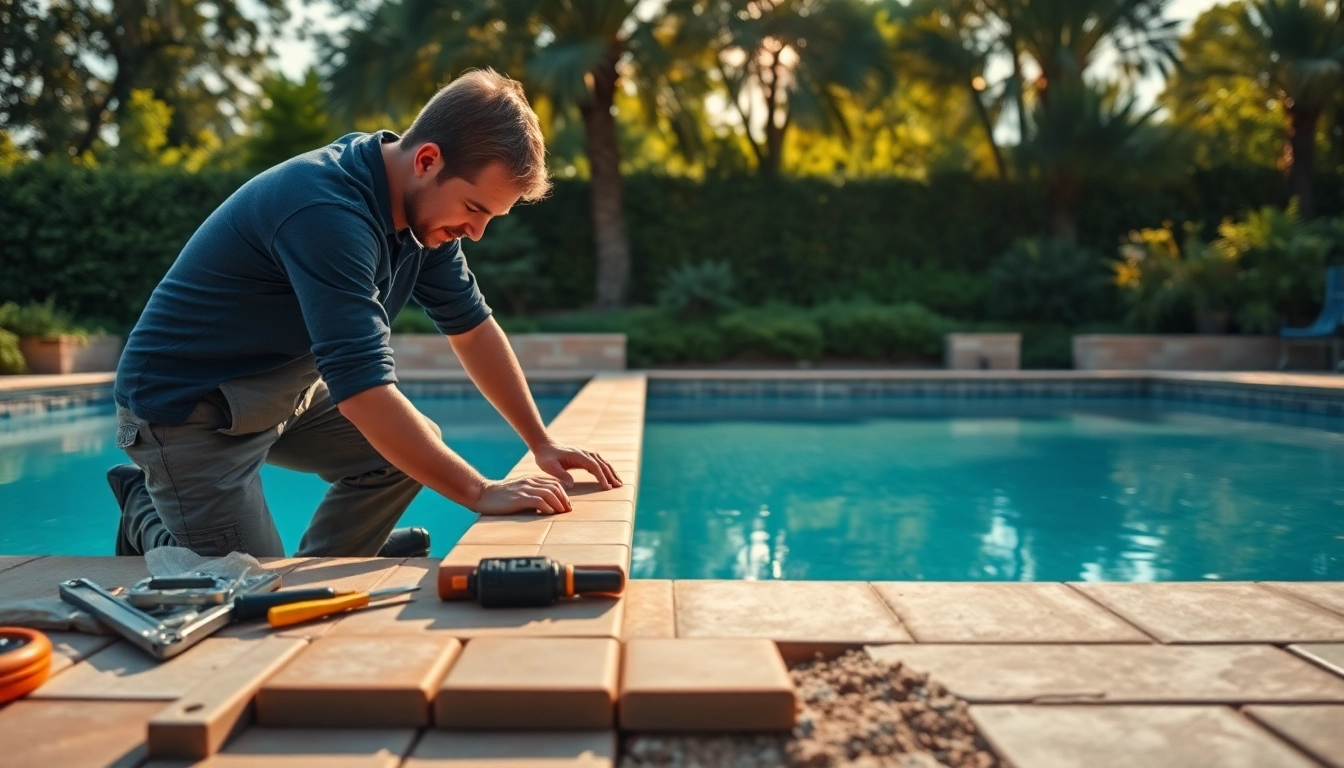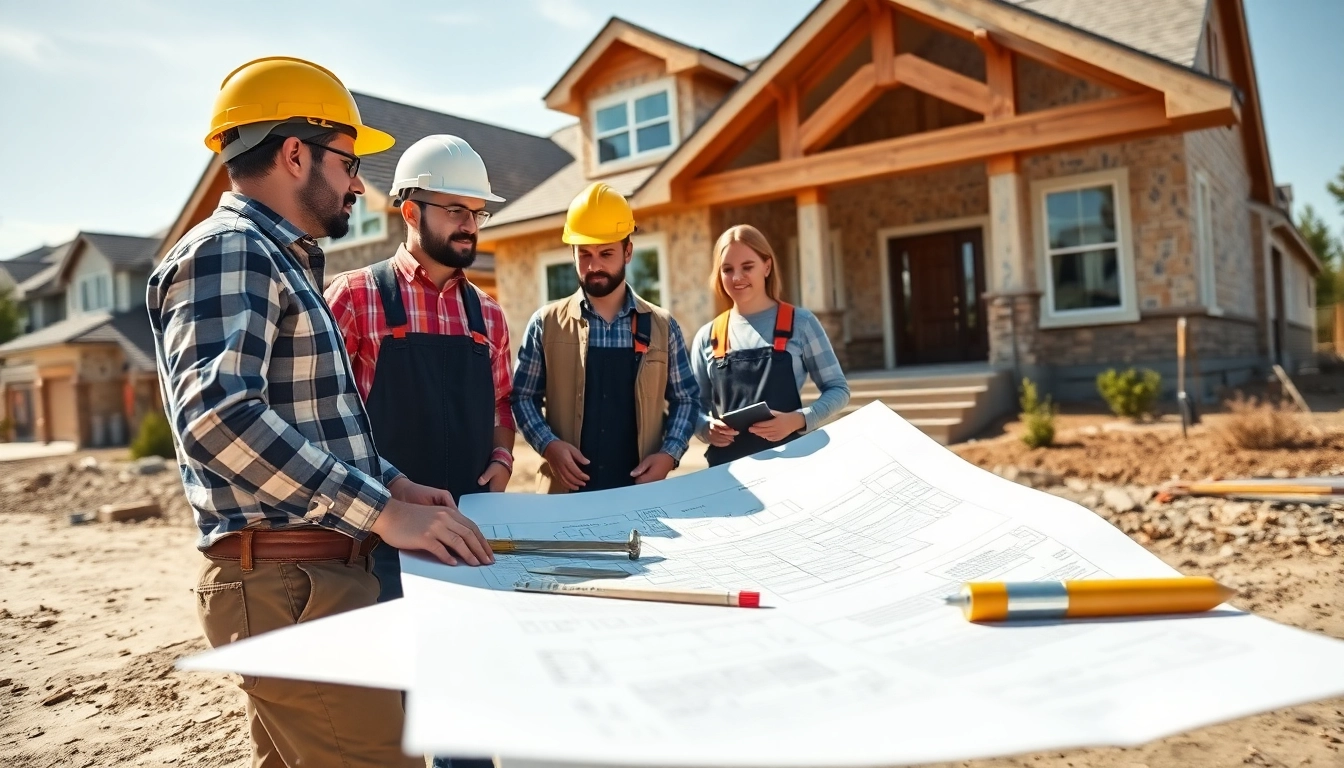Understanding Swimming Pool Installation Basics
Installing a swimming pool can transform your backyard, providing a refreshing retreat for relaxation and family fun. From choosing the right type of pool to navigating the installation process, there are various factors to consider. This comprehensive guide will walk you through everything you need to know about swimming pool installation, ensuring you make informed decisions along the way.
Types of Pools: Inground vs. Above Ground
The first step in your swimming pool installation journey is deciding on the type of pool that best suits your needs and budget. The two primary categories are inground and above ground pools. Each has its unique features, costs, and benefits.
Inground Pools: These pools are permanently installed into the ground and are often made from materials like concrete, fiberglass, or vinyl. Inground pools offer a variety of shapes and sizes, allowing for extensive customization. They tend to provide a more luxurious and aesthetically pleasing option, often increasing the value of your property.
Above Ground Pools: Typically more affordable and easier to install compared to inground pools, above ground pools are a perfect choice for those on a tighter budget. They can be disassembled and relocated if needed, offering flexibility. However, their life expectancy and aesthetic appeal tend to be lower than inground alternatives.
Essential Tools and Materials for Installation
Whether you choose to install the pool yourself or hire professionals, it’s important to be aware of the tools and materials required.
- Excavation Equipment: If you’re installing an inground pool, you’ll need a backhoe or shovel to dig the hole.
- Leveling Tools: Ensuring the ground is level is critical for the durability and safety of the pool.
- Construction Materials: Depending on the pool type, you may need concrete, steel, vinyl liners, or fiberglass shells.
- Plumbing Equipment: Proper piping, filters, and pumps are essential for pool functionality.
- A Decking Kit: Many pools benefit from surrounding decks for easier access and enhanced aesthetics.
Planning Your Installation Timeline
Creating a clear timeline for your installation project helps ensure everything proceeds smoothly. A typical swimming pool installation can take anywhere from a few days to several weeks, depending on the type of pool and the complexity of the installation.
Start by planning for permitting and preparation, which may take considerable time depending on local regulations. Follow this with excavation, installation, and finally, landscaping and finishing touches. Always allow for unexpected delays, which can commonly arise from weather or supply chain issues.
Cost Analysis of Swimming Pool Installation
The cost of swimming pool installation is one of the most crucial aspects to consider. Awareness of the potential expenses can help you budget effectively and avoid surprises.
A Breakdown of Average Costs by Pool Type
Understanding the average installation costs is key. Here’s a quick overview:
- Inground Concrete Pool: $35,000 to $120,000
- Inground Fiberglass Pool: $20,000 to $85,000
- Inground Vinyl Pool: $20,000 to $40,000
- Above Ground Pool: $1,500 to $15,000
Factors Influencing Installation Expenses
Several factors affect the overall cost of installing a swimming pool. Some of the key considerations include:
- Pool Type: As highlighted, the type of pool significantly influences the price.
- Site Preparation: Costs can increase if the land needs extensive grading or excavation.
- Location: Local labor rates and material costs can vary widely by region.
- Permitting Fees: Many areas require permits for pool installations, adding to costs.
- Accessibility: Easier access may reduce installation time and costs, while difficult terrains can raise expenses.
Financing Options for Your Pool Project
Not everyone has the means to pay for a pool in full upfront. Fortunately, various financing options are available:
- Home Equity Loans: Utilize the equity in your home to finance your pool installation.
- Personal Loans: Many banks and credit unions offer personal loans that can cover your expenses.
- Pool Financing Companies: Some companies specialize in financing pool installations and can offer flexible repayment plans.
Step-by-Step Guide to Swimming Pool Installation
Once you’re ready to proceed, it’s essential to follow a structured approach to ensure a successful installation.
Site Preparation and Layout Planning
The first phase involves precise planning and preparation of the site. This includes:
- Deciding on the pool location based on sunlight, privacy, and aesthetics.
- Marking the layout using spray paint or stakes to visualize the dimensions.
- Ensuring that there is adequate access for construction equipment.
Construction Processes: Digging and Structural Setup
In the second phase, it’s time to start the excavation and structural setup. Here are the steps to follow:
- Use excavation equipment to dig the pool out according to your marked layout.
- Once the hole is dug, proceed to arrange any required plumbing and wiring for pool features like lights and skimmers.
- If you’re constructing an inground pool, add walls and support structures at this stage.
- Complete any waterproofing necessary before filling the pool with water.
Finalizing Features: Landscaping and Accessories
The final stage includes adding finishing touches that will enhance your pool area:
- Install decking or patio areas to provide surrounding space for relaxation.
- Incorporate landscaping that complements your pool, such as plants and decorative stones.
- Set up pool accessories like ladders, diving boards, and safety covers.
Best Practices for Swimming Pool Installation
To ensure your project runs smoothly and fulfills local regulations, consider these best practices.
Adhering to Local Regulations and Codes
Each region has specific building codes governing pool installations. Conducting research and complying with these requirements can save you from legal headaches later on. Consult local authorities or professionals knowledgeable about regulations in your area.
Hiring Professional Installers vs. DIY
Deciding between a DIY installation or hiring professionals can significantly impact your project’s success. While DIY can save money, it’s essential to assess your skill level and the complexity of the installation. Professional installers come with expertise, which may prevent costly mistakes.
Maintenance Tips Post-Installation
Once your pool is installed, regular maintenance is vital to ensure its longevity and efficiency. This includes:
- Regularly testing and balancing the water chemistry.
- Cleaning the pool filter and removing debris.
- Inspecting and maintaining mechanical equipment.
- Monitoring for any cracks or leaks in the pool structure.
Enhancing Your Home with Swimming Pool Installation
Beyond the basic installation, swimming pools can significantly enhance your outdoor living space. Here are ways to maximize your investment:
Adding Custom Features: Lighting, Heating, and More
Custom features can elevate your overall experience. Consider the following installations:
- Lighting: Underwater lighting can create a stunning evening atmosphere.
- Heating Options: Pool heaters extend your swimming season, allowing for year-round enjoyment.
- Water Features: Fountains and waterfalls add visual interest and a relaxing soundscape.
Creating a Relaxing Outdoor Space for Entertainment
Design your pool area to serve as an inviting entertainment space. Utilize outdoor furniture, shade structures like pergolas, and fire pits to create a complete recreational environment. This can enhance the enjoyment of your pool and add value to your property.
Leveraging Landscaping to Complement Your Pool
Beautiful landscaping around your pool area can tie the yard together and create a serene retreat. Focus on native plants that thrive in your climate and consider using hardscaping elements, such as patios and stone paths, to create a cohesive look.
In conclusion, installing a swimming pool is a substantial investment that can yield incredible returns in enjoyment, property value, and lifestyle enhancement. By understanding the various aspects outlined in this guide, from the installation process to cost analysis and best practices, you can confidently embark on your journey to pool ownership.



